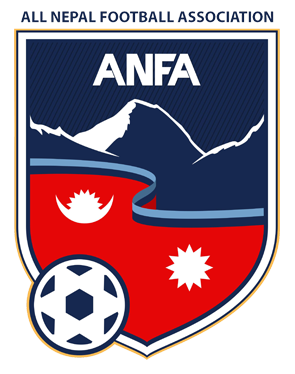The year 1951 saw the rise of the governing body of football in Nepal, All Nepal Football Association (ANFA). The football association that was founded solely for the love of football became affiliated with FIFA in 1972 and has actively been responsible for both the national team as well as club competitions. With the current President of ANFA being Pankaj Bikram Nembang and Its current headquarters located in the ANFA House in ANFA Complex, Satdobato, ANFA is building a dream into reality for the football fanatics and has successfully become a pride of our own. Although there have been games recorded around the world involving balls being kicked around a field, the modern football can be traced back to mid-19th century England.
However, the entry and initial start-up of football came in Nepal during Rana regime in 1921. Enjoyed by a huge mass of Nepalese audience, the game became very famous in no time. It is believed that the pioneer of this game in our country was Narayan Narshingh Rana from Thamel and Chandrajung Thapa from Naxal. Initially, palaces around the country were used as a football stadium for exclusive palace team. Whereas in the decade of 1930s, both local teams and palace teams commonly used the grounds of Singha Durbar, Chhauni, Gaucharan, Jawalakhel and Lainchaur for playing football. Amidst the political instability at that time, football was yet played enthusiastically during 1921 to 1990 by various teams without a goal post. Football development in Nepal saw growth possible only after ANFA started working from root level. Since then, ANFA has given its work priority for building fundamental material for the association with the notion of progressive football as an integral sport at its core. Soon after, the football association built ANFA Complex, a football stadium and a training facility situated in Lalitpur. The venue also houses the headquarters of All Nepal Football Association (ANFA) built in 2000. Consisting of ANFA House, an ANFA Academy, a hostel, and a football ground, has shown its passion and dedication towards the development of football game in Nepal. The ANFA ground was then later, inaugurated as a national stadium in time for the 2015 SAFF U-19 Championship. With a capacity of 6,000 audiences, ANFA Complex played the role as an unrivaled setting for 43rd edition of the Martyr’s Memorial A-Division League. Showing the appreciation, Federation of International Football Association (FIFA) then even provided an opportunity for ANFA to represent as a model in FIFA congress.
ANFA then commenced building technical centers in Chyasal of Lalitpur, Butwal, Rupandehi, Sunsari and Dharan. ANFA is further working for the development of football in Nepal with two important approaches being Grassroot Initiative and ANFA Education. ANFA’s grassroot program, promotes the theme “Participation Based on Interest – Not Skill,” which believes that children should not be forced but allowed to choose football as a sport and is encouraging thousands of youth throughout the country to get together for the love of football every Saturdays. Likewise, ANFA Education is the association’s step towards creating awareness among people about football culture worldwide and its impact on people’s life. It creates this understanding through awareness programs, capacity buildups and different workshops. Additionally, it provides administration coaching and management education to encourage people to pursue a career and build interest in Nepali football. In order to achieve this goal, different workshops, capacity build ups, awareness programs among others have been conducted by the association all over the nation. All Nepal Football Association has also started providing administration, coaching and management education encouraging people further to built interest and career in Nepali Football. It wouldn’t be wrong to say that All Nepal Football Association is the ultimate synonym to Nepali football. The All Nepal Football Association indeed is showing the country what a successful outreach looks like, one game at a time, one league at a time.


